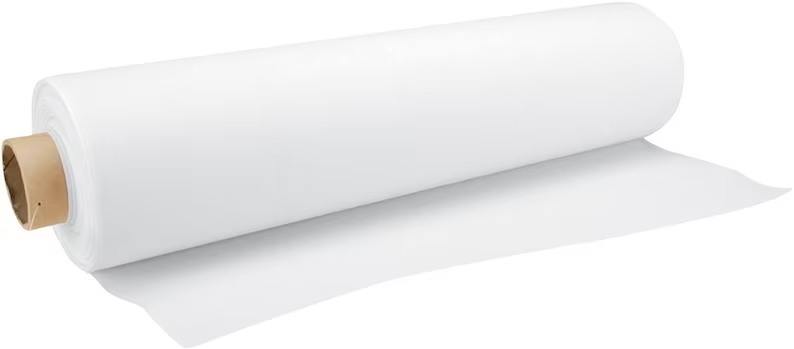You Should Know About Buckram Fabric Before You Buy It

Buckram fabric, often overshadowed by its flashier counterparts, plays a vital role in the world of textiles. This unassuming material might not be the star of the show, but it’s the silent supporter, the behind-the-scenes hero that brings shape and stability to countless projects.
Before you embark on your next sewing adventure, dive into the wonderful world of buckram! This article equips you with everything you need to know about this unique fabric, from its characteristics and uses to the different types available.
What is Buckram Fabric?
Buckram is a stiff, supportive fabric traditionally made from woven cotton or linen. The magic lies in the treatment it receives. Buckram is coated with a special sizing agent, typically starch or resin, that transforms it from a regular fabric into a firm and sturdy material.
This coating grants buckram several key properties:
- Rigidity: Buckram is the go-to choice when you need a fabric to hold its shape.
- Durability: Buckram can withstand wear and tear, making it ideal for long-lasting projects.
- Water Resistance: The coating creates a barrier, protecting the fabric from moisture damage.
- Shape Retention: Buckram can be molded and shaped when damp, and then retains that form once dry.
What is Buckram Fabric Used For?
Buckram’s strength and structure make it a versatile material with a wide range of applications. Here are some of the most common uses:
- Curtain Making: Buckram forms the foundation for crisp and structured curtain headers, providing a clean drape and adding a touch of elegance.
- Millinery: Buckram is the backbone of many hats, providing the base for shaping and adding stiffness to brims and crowns.
- Bookbinding: Historically, buckram was used for book covers, offering protection and durability.
- Costuming: Buckram helps create structured elements in costumes, like collars, bodices, and panniers.
Canvases and Art - Projects: Buckram provides a sturdy base for artistic endeavors like paintings and mixed media projects.
- Crafting and DIY: Buckram’s versatility extends to various craft projects, from creating stiffened bags and totes to adding structural details to garments and accessories.
Types of Buckram Fabric
Not all buckram is created equal. Here’s a breakdown of the two main types you’ll encounter:
- Sew-in Buckram: This traditional type requires stitching into your project for added stability.
- Fusible Buckram: This buckram features a heat-activated adhesive backing, allowing you to iron it directly onto your fabric for a quick and easy application.
Choosing the Right Buckram Fabric with M.Lachhmandas & Co Expert
When selecting buckram, consider these factors:
- Weight: Buckram comes in various weights, from lightweight for delicate projects to heavyweight for heavy-duty applications.
- Color: While traditionally white or cream, buckram can also be found in other colors to match your project’s needs.
- Application: Sew-in buckram offers more flexibility for shaping, while fusible buckram provides a faster application.
Working with Buckram Fabric
Buckram can be cut with regular scissors or a rotary cutter. Remember, its stiffness can make it more challenging to sew through. Here are some tips:
- Use a sharp needle to pierce the fabric easily.
- Consider increasing your stitch length for better maneuverability.
- Utilize a walking foot on your sewing machine to prevent the fabric from feeding unevenly.
Buckram Fabric Care
Buckram is generally dry-clean only due to the sizing agent’s potential sensitivity to water. Always refer to the care instructions specific to the buckram you purchase.
Conclusion
Buckram fabric, though unassuming, is a valuable asset in any crafter’s or seamstress’s arsenal. Its strength, structure, and versatility make it a perfect choice for adding form and function to countless projects. So, next time you need a reliable material to bring your creative vision to life, consider the power of buckram!
